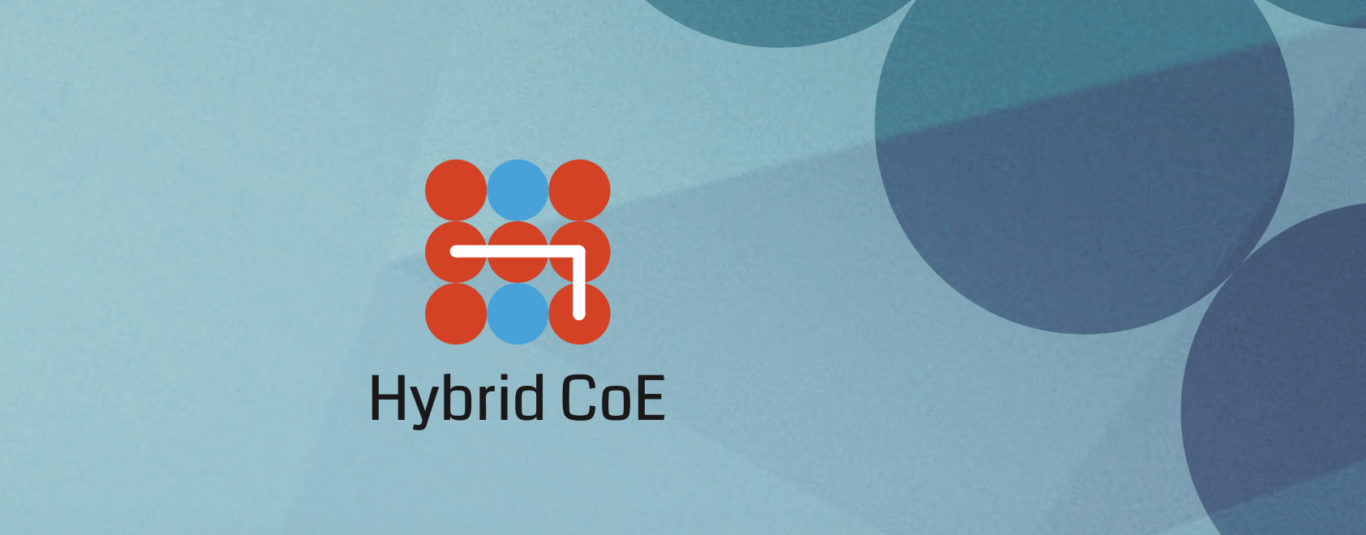While many policymakers like to refer to ‘connecting the dots’ to derive accurate pictures of forthcoming events, this picture is highly inaccurate and unhelpful. In the case of hybrid threats, the dots are missing because they fall below the threshold, they look different due to deception or disinformation, or are impossible to understand due to some kind of encryption.
By: Sebastiaan Rietjens
A warning system is a crucial ingredient in countering hybrid threats. Informing the decision-makers of affected countries as well as the population at large enables them to take appropriate measures. However, as Patrick Cullen (2018) convincingly argued in his Strategic Analysis, hybrid threats are wicked problems. They are ambiguous and fuzzy and lack proven knowledge and fixed standards to adequately address them. This makes devising a warning system for such threats intrinsically difficult and challenging.
Before hybrid threats materialize, they often send out only weak signals that are hard to detect and cannot easily be linked to any known trend or phenomenon (Kuosa, 2014). Moreover, these weak signals reside in a massive amount of irrelevant or misleading information, often referred to as noise (Gentry & Gordon, 2019). Furthermore, as Cullen argues, “hybrid threats are designed to blur the distinction between peace and war, as well as complicate and fall below the target’s detection and response thresholds”. He therefore concludes that hybrid threats require new solutions for warning. Treverton et al. (2018, p. 91) reach a similar conclusion when they state that warning for hybrid threats is “tricky but not impossible”, and Nyheim (2015, p. 16) also stresses the need to adapt warning methods to the “emerged reality of hybrid conflicts”.
This Strategic Analysis addresses this call for attention and explores how the warning process, including communicating these warnings in a timely manner, should be adapted to the context of hybrid threats. In doing so, the analysis draws upon insights from the strategic warning and early warning literature as well as the literature on complexity theory. Overall, it builds on Cullen’s strategic analysis by focusing on the “how” of warning.
To this end, the paper discusses four phases in the warning process: (1) the direction of the warning efforts, (2) collecting the information, (3) analyzing the threats, and (4) communicating the warning analyses.
This is an excerpt from Rietjen’s paper «A warning system for hybrid threats – is it possible?». Read the full paper published in Hybrid CoE Strategic Analysis 22, June 2020.

